In the face of seismic change and uncertainty, it’s human nature to pang for a more stable past. Albeit one that’s viewed through blinkers that edit out the darker days of yore.
Politicians know this playbook. So do car executives. Hence this homage to early 1980s favourite the Renault 5.
Playing the retro card can be tricky. BMW pulled it off with Mini, but Volkswagen dropped the ball with the Beetle. Sensibly Renault has an old hand at retro revival behind the wheel. Group chief executive Luca de Meo led the revival of the Fiat 500 in 2007, a car that has kept that brand alive since then.
Thankfully for the French brand, the 5 is not so existential. But it is electric, and as such a cornerstone for Renault’s future. But can a circa €30,000 enlarged supermini really represent the same “affordable mobility” motoring of the original?
Styling is critical for the appeal of these cars, which need to bear a valid resemblance to the original (yes, Ford, we’re pointing at you and your new “Capri”).
The good news is the new Renault 5 has copycat silhouette to the original, albeit one that’s significantly bigger from all angles, though with more muscular lines and looking less like a mobile glasshouse than the 1980s version.
Renault has blended in some funky tech styling touches as well. The prominent charge indicator on the bonnet is a nice touch and sets the scene for the interior layout.
On looks alone, Renault has scored a hit. This car will perfectly chime with the car buyers who either started out on the road in the Renault 5, grew up in the back seat or spend the 1970s and 1980s longing for one.
The good news continues when you take to the road. Your options are a 90kW (120hp) front-mounted motor with a 40kWh battery pack, or a 110kW (150hp) motor with a 52kWh battery pack.
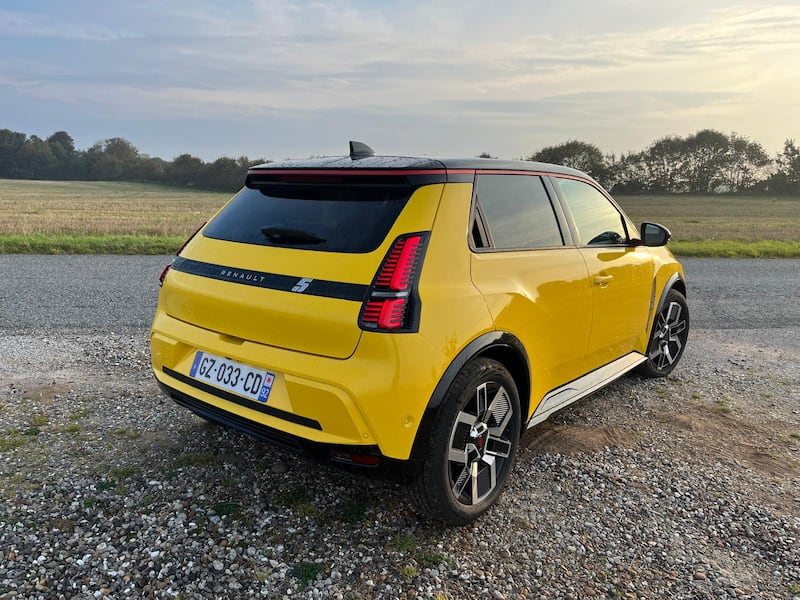
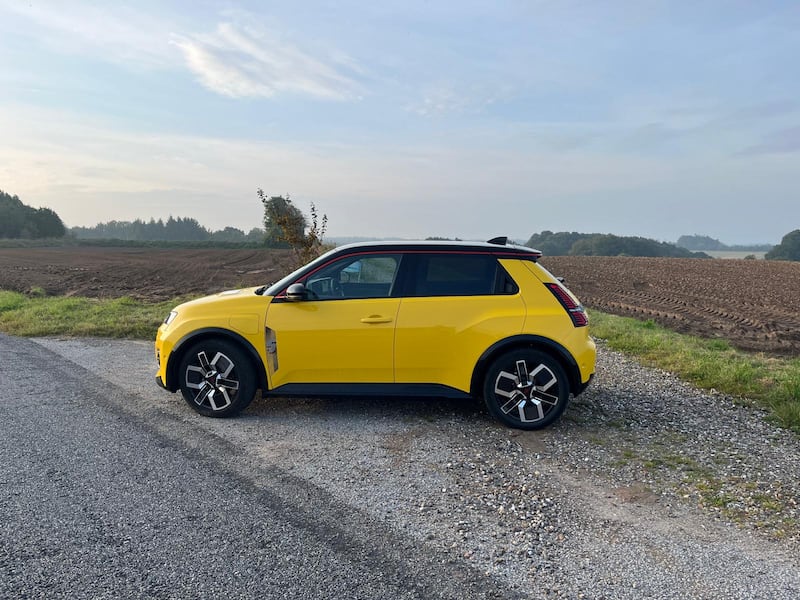
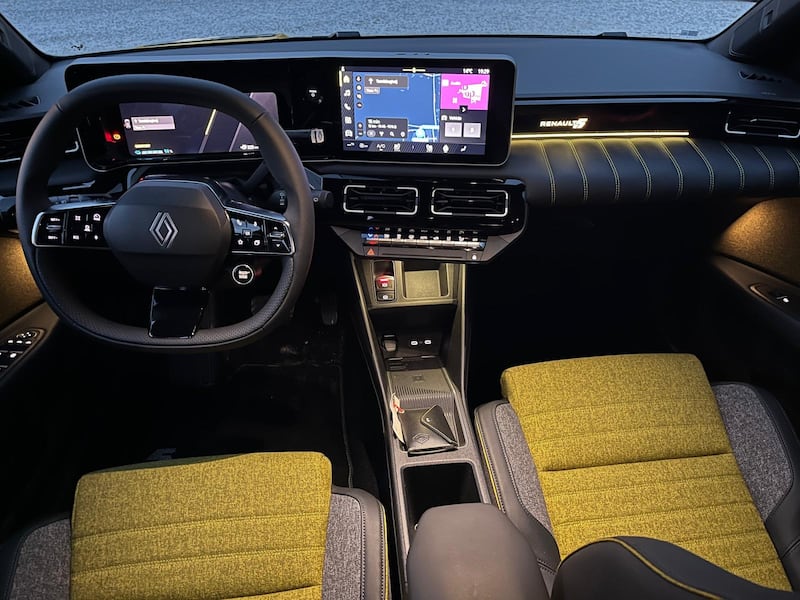
Set aside the stats and you have a car that’s still a lot of fun to drive. Fun, if not particularly fast. Unlike the first foray of EVs, Renault is opting to keep the pace restrained and in turn eke out more distance between charges.
That doesn’t stop it being nippy. Clearly like the original 5 and the more recent Clio, this EV’s natural home is the urban streets. Like the Fiat 500 and the Mini, it’s a nice blend of positive steering feel with snappy throttle response. Pit it at a wider national road and those traits give way to more neutral – even rather dull – driving dynamics, but it’s comfortable.
Like all EVs, this is much heavier than an old-school supermini. Weighing in at close to 1½ tonnes, that’s not only down to the hefty battery pack, but also a plethora of safety tech that was never countenanced on small cars in the 1980s – when airbags were the neighbours you did a U-turn to avoid.
Our test car was the 52kWh battery version, which promised a range of 410km on a full charge, but we averaged 16.8kWh/100km during our time driving the car in relatively mild September weather and where 3.8kWh/100km was used by the likes of the climate control, all of which signals a real-life figure closer to 300km.
That’s competitive up against its retro rivals and even some of the bigger Chinese ones. And it’s not an SUV wannabe, which is perhaps its greatest selling point.
Avoiding being yet another anonymous crossover isn’t easy these days, but Renault has pulled it off. The price is perhaps some space constrictions, which are most evident in the back seat. To keep the bootspace as big as they could (at 277 litres it’s ahead of rivals) meant sacrifices had to be made. And those were not going to be forced upon the driver, who has ample legroom and a nice low-set seating position.
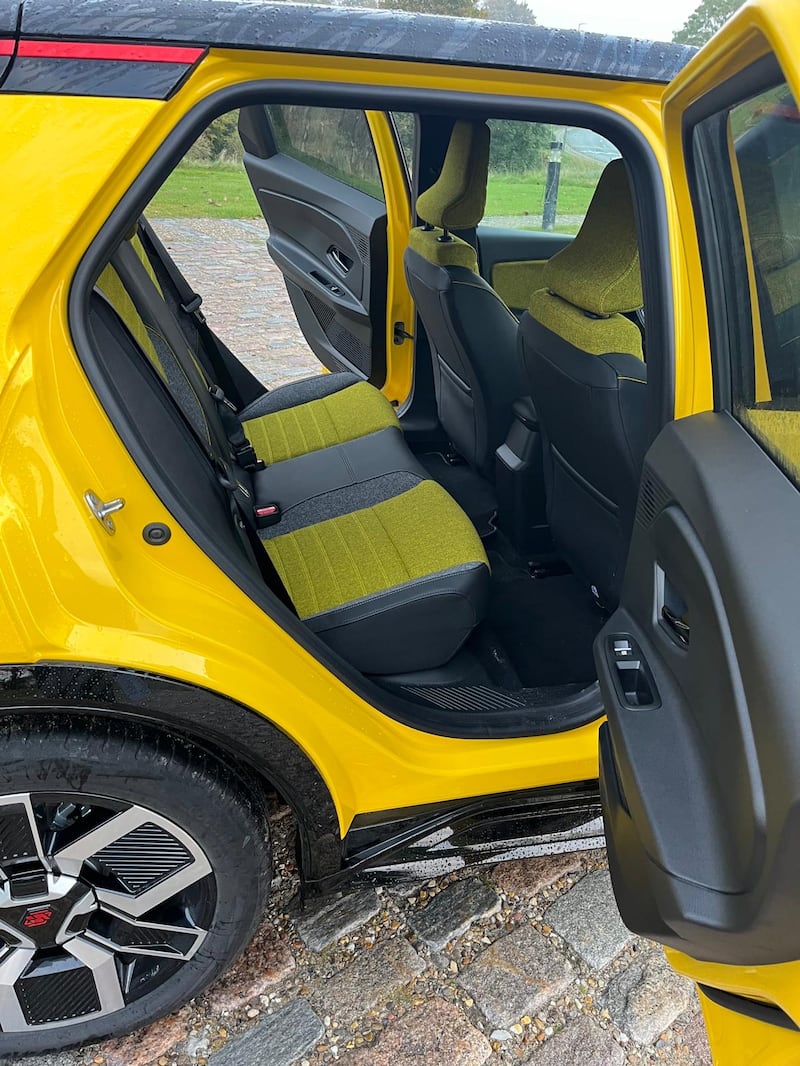
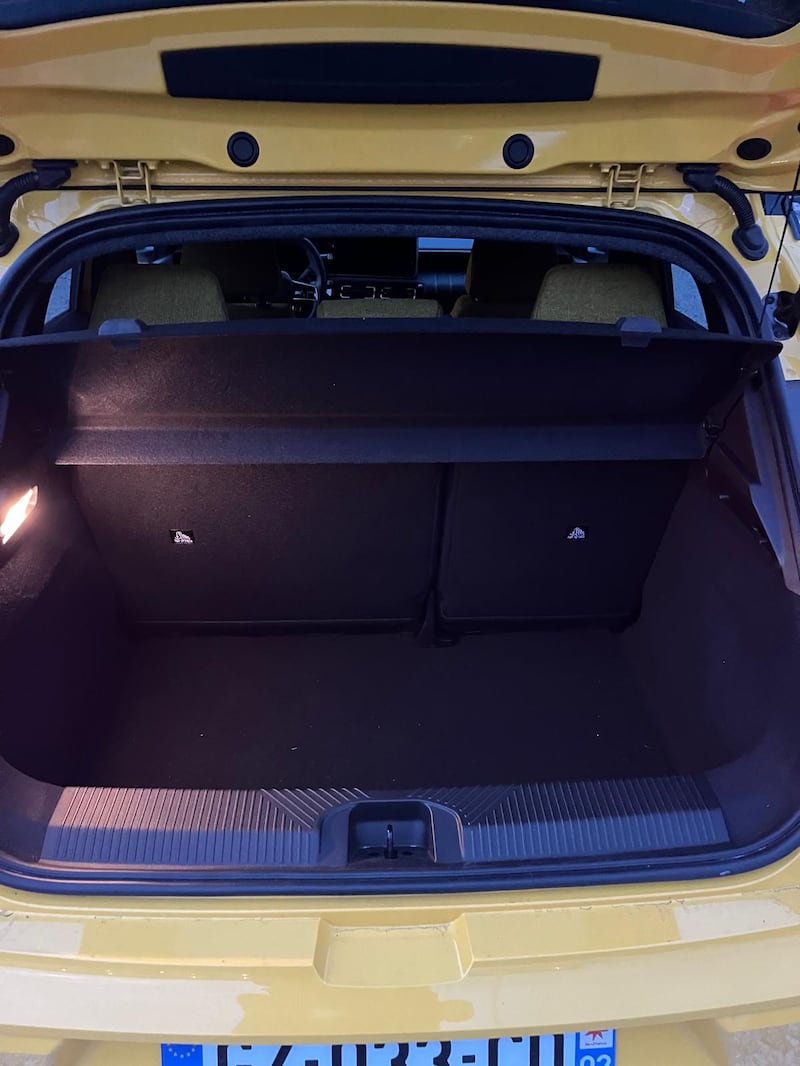
The end results is a back seat that’s all rather squashed. The biggest issue is in the footwell, where a combination of limited width and a low front seat will prove toe-crunching even for teens. The back row width is also an issue: it’s simply not a comfortable space for three across.
Renault would have been far better to play the heritage card and opt for a four-seater format, as it was with earlier Renault 5s in their day. It could also have added sliders to the back row so owners could add legroom or bootspace depending on their needs.
[ Are there any plans to make EV chargers accessible to wheelchair users?Opens in new window ]
It’s a shame, for in many other ways the 5 is a cracking good car. And it serves as an incredibly stylish antidote to the tediously boring crossovers that are flooding the market. Renault is set to follow this up with a remake of the Renault 4, but initial impressions suggest this is going to be less relatable to the original – and more crossover-like – than this take.
There are plenty of drivers who came of age with the Renault 5 and will seek to rekindle the past with this very modern take of that car: that it’s electric might be a secondary consideration. Renault has delivered arguably the closest rival to the Mini in years. The price is a bit steep, but there’s enough retro pull on the heartstrings here to loosen many Irish purses.






















